Home /
Japan Travel Guide
Japan, located in East Asia, consists of four home islands, Honshu, Hokkaido, Kyushu and Shikoku, and many offshore islands around. It has typical marine climate, with four distinct seasons. This is a country where historical remains and modern elements coexist, making it mysterious and alluring. The historical temples or shrines, cherry blossoms, fine cuisine, unique culture are the highlights there. Kanto region centered on Tokyo and Kansai region centered on Osaka are the most popular travel destinations. It usually needs 5-10 days to visit Japan and the best visit time is March-May and October-November.
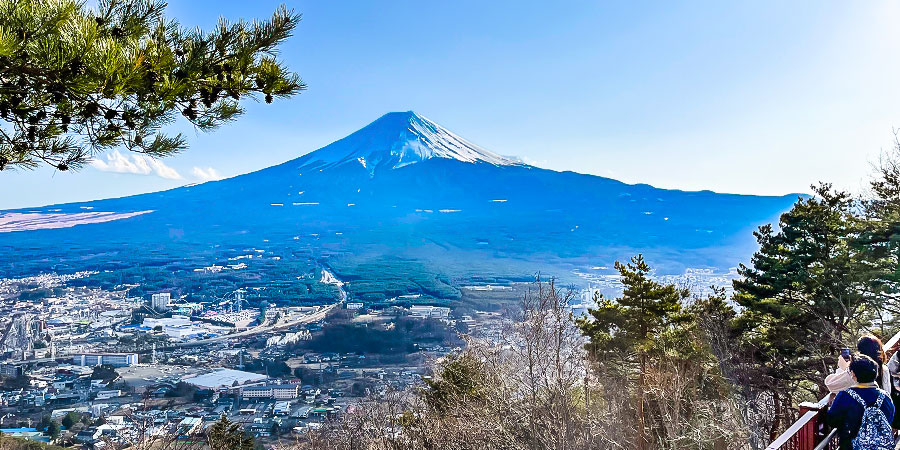 |
| Mount Fuji |
Japan in General
Recommended Itineraries and Sightseeing Plans
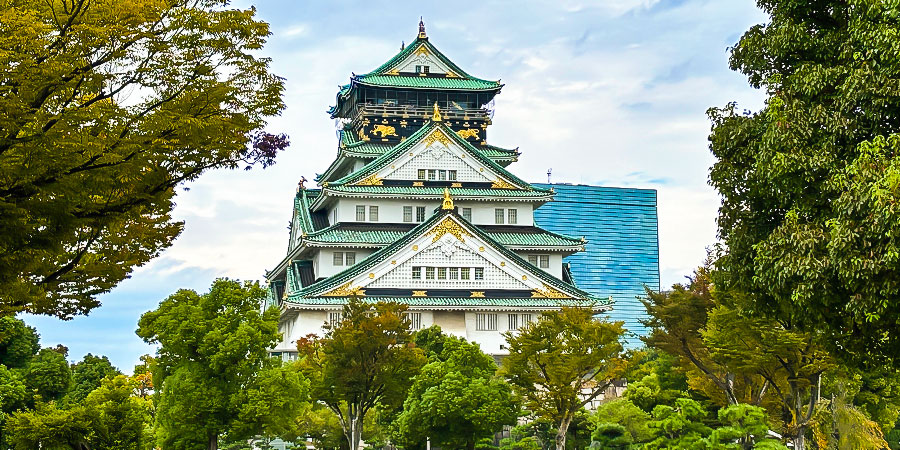 |
| Autumn Scenery, Osaka Castle |
Hot Destinations & Top Things to Do
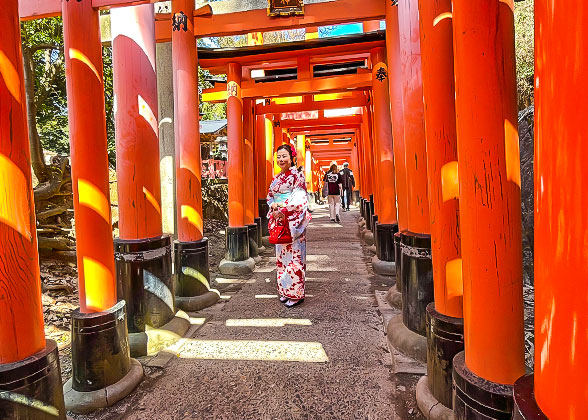 |
| Fushimi Inari Taisha in Kyoto |
Most regions in Japan is dominated by temperate maritime monsoon climate, which sees a high humidity throughout the year. Cold monsoon from the northwest make Japan’s winter (generally December to February) pretty frigid, while the warm southeast monsoon brings the muggy summer (June to August). Spring (March to May) and autumn (September to November) are mild in Japan. Hokkaido in the northernmost part of Japan has lower temperature; it turns to be an ice world in winter and a great destination for snow fun. Okinawa, islands in the southernmost of Japan, is popular for superb beaches with warmer weather.
The best time to visit Japan falls in spring and autumn months. In addition to pleasant weather, it’s also because of the cherry blossoms and fall foliage.
Some seasonal events in Japan also catch visitors’ eyes, such as winter illuminations, summer fireworks, and festival celebrations.
 See more about Tokyo Weather Osaka Weather Kyoto Weather Nara Weather Hiroshima Weather Mount Fuji Weather
See more about Tokyo Weather Osaka Weather Kyoto Weather Nara Weather Hiroshima Weather Mount Fuji Weather
3-Day Weather Forecast of Major Cities
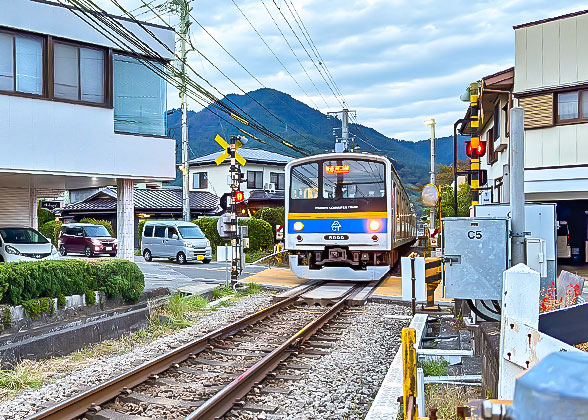 |
| Local Train in Japan |
In a city, subway, city bus, and taxi are easily available, to send you to any attraction and anywhere. Subway lines connect the main sites in the city, and buses owns more densely scattered stops. Taxi is probably the most extravagant transportation mode in Japan, because of the high fare, but the most flexible, too.
Entry Rules & Travel Tips
Visa
Passport holders from 68 countries and regions can visit Japan without a visa, including most countries in Europe, Canada and United States in North America, Australia and New Zealand in Oceania, Lesotho, Mauritius and Tunisia in Africa, Israel, Turkey and United Arab Emirates in Middle East, Argentina, Bahamas, Chile, etc. in Latin America, and Indonesia, Malaysia, Singapore, Korea, Taiwan, etc. in Asia.
If a visa is required for your travel to Japan, prepare valid passport, application form with your recent photo, and document to prove your financial capability (valid international credit card, assets certification, or employment certificate letter with the bank account statement) for the application. Other necessary documents include those of your household register and family relation. You could apply for the visa at the Japanese Embassy or Consulate in your country.
Currency Exchange
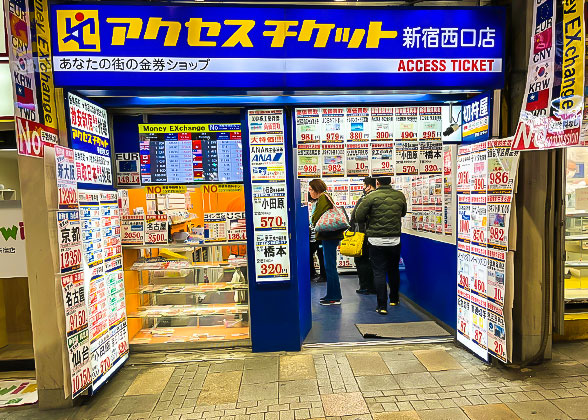 |
| A Money Exchange Store, Shinjuku, Tokyo |
Besides, you can withdraw Japanese cash via ATM machines, but be sure it’s an international ATM machine and your bank card could be read by the machine. You can also find a 7-Eleven convenience store, which has an ATM machine usually. However, 7-Eleven would charge you a service fee of JPY 110 (USD 0.8).
For the exchange rates, JPY 1,000 ≈ USD 7.3, EUR 6.9, or GBP 6.2. These rates change from time to time, and those mentioned above are for reference only.
Internet
There are many public WiFi accesses in Japan. In addition, tourist SIM card is practicable for tourists to get connected to the Internet. NTT docomo, au, SoftBank, and more operators have launched multiple tourist SIM cards, with different quantities of data traffic and different days. You may select that one most suitable for your Japan tour. Moreover, rental pocket WiFi router is a nice option, if it is a family tour with multiple users.
Other Travel Tips
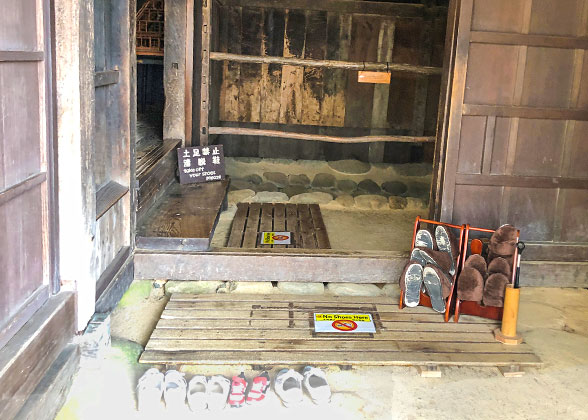 |
| Take Off Shoes in Front of the Door |
Food and Snacks
Japanese cuisine is welcomed all over the world. Sushi is the most widespread. Tsukiji Jogaii Market in Tokyo is a busy place for seafood as well as sushi, and you could also find higher-end sushi in Shibuya, Ginza, and more business districts in Tokyo. Takoyaki, or known as octopus balls, is popular in Osaka, as well as okonomiyaki. Dotonbori, Shinsakbashi, Shinsekai, etc. are all perfect for foodies in Osaka.
Kaiseki cuisine in Kyoto, Seafood ramen in Hakodate, grilled eel rice in Nagoya, Sanuki Udon Noodles, etc. are all featured food locally. Tempura, gyoza, daifuku, dango, taiyaki, matcha, and more tasteful Japanese snacks can also be found in the food streets. Izakaya, a kind of traditional Japanese pub, serves food with sake; it’s stunning to probe into Japanese food culture, sake tasting, and nightlife.
- Last updated on Apr. 03, 2024 by Nancy He -